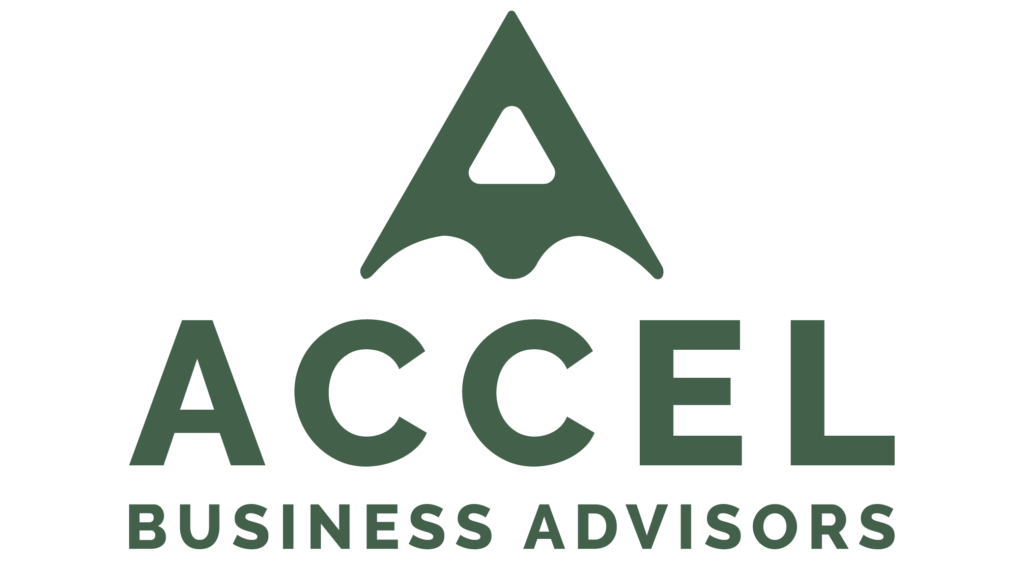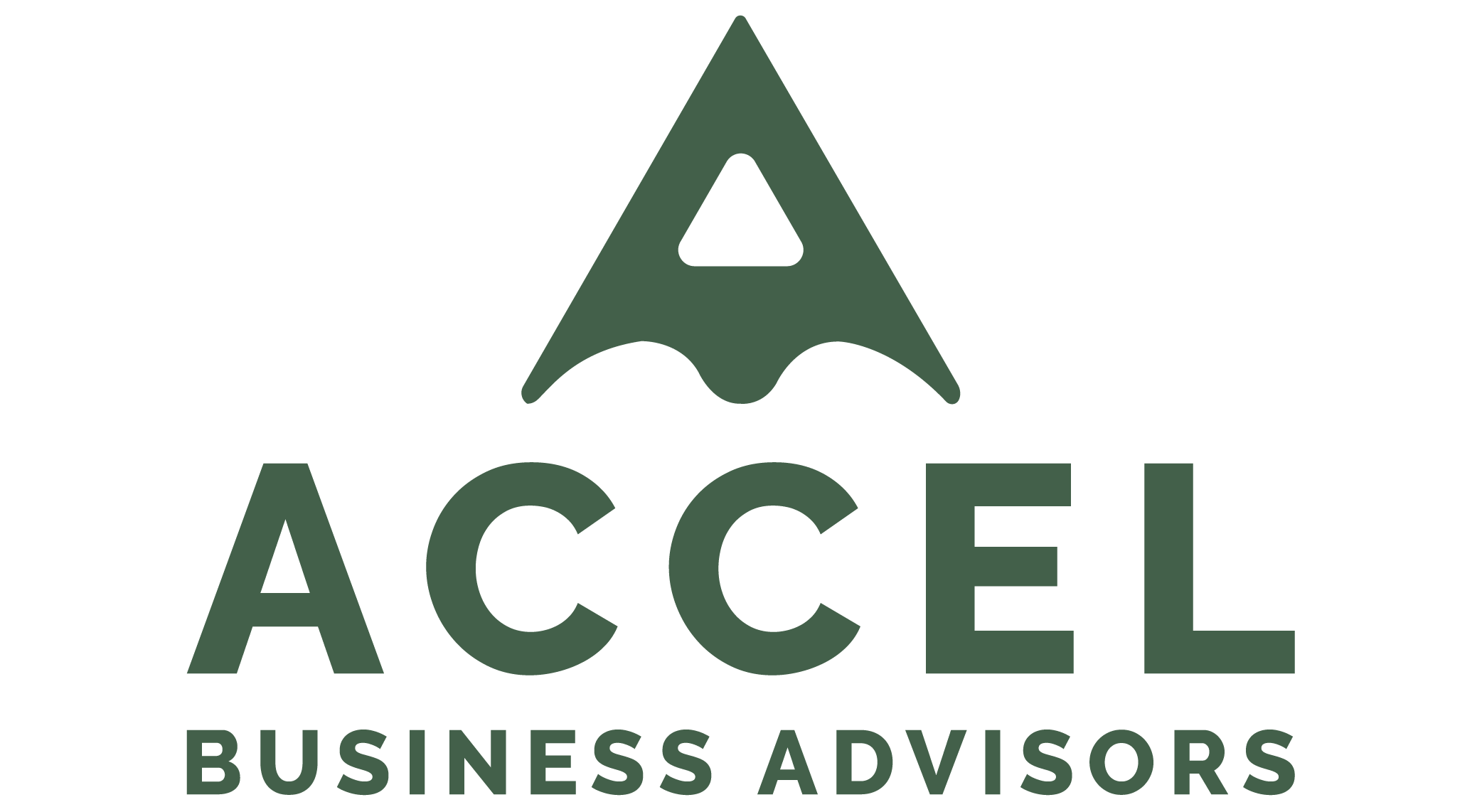Prepare a business for sale

Elevating Your Business Sale Preparation with Accel Business Advisors in 2024 If you ever think about selling the business you have built and run for so many years, it is important you have a clear plan and a good advisor by your side. Preparing a business for sale is a multifaceted process that demands meticulous attention to detail and strategic planning. Accel Business Advisors, renowned for our expertise in facilitating business sales, play an instrumental role in enhancing the readiness and attractiveness of a business on the market. Here’s how we can elevate the preparation of a business for sale: 1. Financial Preparation and Analysis: We assist in organizing and analyzing financial records meticulously. Our expertise helps in presenting clear and comprehensive financial documentation, including profit and loss statements, balance sheets, and cash flow reports, crucial for instilling confidence in potential buyers. 2. Operational Optimization and Documentation: Our guidance extends to optimizing operational efficiencies and documenting key processes. With Sunbelt’s support, businesses can streamline operations and document essential procedures, showcasing a well-structured and sustainable operation attractive to potential buyers. 3. Strengthening Business Relationships: We emphasize the importance of nurturing customer and supplier relationships. We bring in experts who can provide insights on strategies to enhance customer loyalty and fortify supplier connections, contributing significantly to the business’s perceived value during the sale. 4. Enhanced Presentation and Marketing: Our guidance extends to the visual appeal and marketing materials of the business. Accel advisors help ensure that the business’s physical appearance and marketing materials accurately represent its strengths and potential, creating an impactful first impression on potential buyers. 5. Professional Guidance and Due Diligence: Engaging Accel Business Advisors means tapping into our wealth of experience and expertise. Our team of professionals, including entrepreneurs from a wide range of industries who owned businesses before, collaborate to conduct comprehensive pre-sale due diligence, identifying and addressing any potential issues before we proceed with the sale process. In summary, Accel Business Advisors bring a wealth of specialized knowledge and industry experience to the table, significantly enhancing a business’s readiness for sale. Our meticulous approach to financial organization, operational streamlining, relationship strengthening, and professional guidance elevates the preparation process, positioning businesses for a successful and profitable sale. By leveraging the expertise of Accel Business Advisors, business owners can navigate the complexities of preparing their business for sale with confidence, knowing they have a dedicated team working towards maximizing the value and attractiveness of their business on the market.
The Process of Selling a Business

Selling a business is a big decision and a complex process. While the specifics can vary based on the business and the broker involved, I want to share a general overview of what the process typically looks like. Here’s how I guide my clients through the journey of selling their businesses: 1. Initial Meeting: Setting the Foundation The process starts with a one-on-one meeting between me and the business owner. During this meeting, I learn about the business, the owner’s reasons for selling, and what their goals are for the future. It’s also a time to discuss whether the owner is emotionally and mentally prepared for the sale and what happens afterward. I make sure the owner is clear on what to expect and is emotionally ready for the transition. 2. Valuation Discussion: Understanding the Business’s Worth The next step is discussing the value of the business. I may provide an Opinion of Value or recommend a formal Business Valuation. This helps set realistic expectations for the sale price and gives both the owner and potential buyers a clear understanding of the business’s market value. We have discussed how a business is valued in our last episode. You may check out here for more details. 3. Engagement Letter: Formalizing the Relationship Once the business owner decides to move forward and we agree on an expected value, we formalize the process by signing a representation agreement. This document outlines my role as a broker and the terms of our relationship moving forward. 4. Preparation of the Confidential Information Memorandum (CIM) A critical part of the sales process is the preparation of a Confidential Information Memorandum (CIM). This document provides a detailed overview of the business and answers the majority of questions potential buyers will have. I work closely with the business owner to ensure this document is accurate and comprehensive before sharing it with any buyers. 5. Marketing the Business: Reaching the Right Buyers Once the CIM is approved, I begin the marketing process. The business is listed on websites like BizBuySell, and I also tap into my network and database of potential buyers. In addition, I may reach out to strategic buyers, such as those in similar industries or Private Equity Groups and family offices, who might be interested in acquiring the business. 6. Finding the Right Buyer: Screening and Matching Within a few weeks, I typically start to see interest from potential buyers. Some businesses attract more attention than others, but I’m focused on finding the right fit. I screen buyers, have initial conversations with them, and only introduce the most serious and capable candidates to the business owner. Buyers are required to sign an NDA before they can receive any confidential information on the business. 7. Buyer-Seller Meetings: Negotiating the Terms Once a buyer expresses serious interest, we arrange a meeting between the buyer and the seller. During the meeting, it is like a first date where the buyer can ask questions about the business and at the same time the seller can ask the buyer questions to assess if this is the right person who can take over the business. After the initial meeting, if the buyer is still interested, he or she will submit an offer or a letter of interest (LOI). This outlines the proposed price, payment terms, contingencies, and other important details. It’s an exciting moment as we move closer to finalizing the sale. 8. Due Diligence and Financing: Verifying the Deal Once an offer is accepted, the due diligence phase begins. This is where the buyer verifies the financials, operations, and legal standing of the business. If financing is involved, this phase can take 2-3 months while the lender can conduct its underwriting. During this time, I help facilitate the process by ensuring everything is in order, introducing the right legal and tax advisors, and helping the buyer secure the necessary financing. 9. Closing and Transition: Finalizing the Sale The final phase is the closing and transition. This is where we finalize all legal and financial documents, such as the purchase agreement and closing statements, and transferring essential operational information, including access codes, client lists, email accounts, phone numbers, website and supplier contracts. The seller often stays involved for a short period after the sale to help with training and transition, ensuring a smooth handover of the business. Effective communication is essential during this phase to ensure the business continues to thrive under new ownership. Takeaways: A Smooth and Successful Sale Selling a business is a multi-step process that typically takes 6-12 months, but every stage—whether it’s valuation, finding the right buyer, or completing due diligence—requires attention to detail. Having an experienced business broker by your side can make all the difference in ensuring a smooth and successful sale. If you’re thinking about selling your business in California, please schedule a free consultation with me here.
Why Many Business Owners Miss Their Exit Goals

Many business owners envision selling their companies within the next five years, but the reality is that many won’t achieve this goal. In fact, many will be ill-prepared to start the sale process when their target exit date arrives. The root cause for these missed targets often lies in owners’ failure to recognize and address the top eight deal killers. Deal killers are conditions that can destroy your company’s salability if left unaddressed until you’re ready to sell. Here’s a look at the top eight and how to overcome them: 1. Underestimating Financial Needs Post-Exit Many owners mistakenly believe they can sell their business today and meet their financial independence goals. The truth is, they often underestimate how much money they will need after exiting and overestimate the value of their business. How to avoid it: Engage in pre-sale planning. Get a professional business valuation, and work with a tax advisor to minimize taxes and fees. A proactive approach with your deal team will help you avoid a rushed or damaging sale process. 2. Misaligning Value Expectations with Market Realities Failing to reconcile your expectations of the business’s value with what the market is willing to pay can lead to disappointment and missed opportunities. How to avoid it: Prior to listing your business for sale, ensure your expectations align with current market conditions. Getting a solid estimate of your company’s worth from a broker or investment banker will provide clarity and help you set realistic expectations. 3. Focusing Solely on Sale Price Many owners focus only on the top-line sale price, forgetting about the net proceeds after taxes, fees, and transaction costs. This narrow focus can cloud judgment and lead to suboptimal outcomes. How to avoid it: Take a holistic view of the sale process. Work with a team of professionals to factor in all costs, taxes, and other considerations to ensure that the sale provides you with the financial independence you seek. 4. Failing to Retain Key Employees Retaining your company’s most valuable asset—your key employees—is essential for a successful sale. Buyers view these employees as critical to the company’s future, and if they leave, it can hurt the deal. How to avoid it: Implement retention strategies like non-qualified deferred compensation plans, stay-bonus plans, and non-solicitation agreements. These strategies will ensure that your key employees remain on board after the sale, protecting your company’s value. 5. Believing You Can Negotiate Alone Trying to sell your business on your own without the help of experts is risky. Buyers often have a team of professionals working to get the best deal for them, leaving the unprepared seller at a disadvantage. How to avoid it: Don’t go it alone. Build a strong deal team—experts who can help you navigate the complexities of a business sale. The right team can more than pay for itself by maximizing your sale price and terms. 6. Skipping Pre-Sale Due Diligence While pre-sale due diligence can seem like an unnecessary expense, skipping it can lead to devastating consequences. Undiscovered issues within the company may become deal breakers, lowering your business’s value or even killing the sale altogether. How to avoid it: Conduct thorough pre-sale due diligence with your team of advisors. Identifying potential problems before the buyer does can save you time, money, and lost opportunities. 7. Letting Emotions Cloud Your Decision Selling a business you’ve built can stir up strong emotions, leading to second thoughts or cold feet. Seller’s remorse is a common issue, especially late in the sale process. How to avoid it: Have open conversations with your advisors, family, and trusted individuals about your post-exit goals. It’s important to visualize life after the sale and ensure that you’re ready emotionally and mentally to move on. Preventing Deal Killers Before They Derail Your Exit These deal killers are avoidable. With careful planning, proactive management, and the right team of advisors, you can identify and eliminate these obstacles before they impact your sale. Most business owners lack the time and experience to address these issues on their own, so working with experienced, planning-based advisors is crucial to a successful transition. By tackling these challenges head-on, you’ll increase your chances of a smooth, profitable exit. For more guidance and to connect with an experienced business advisor, contact us at [email protected]. We can help you navigate the complex business sale planning and ensure you make informed decisions about your business’s future.
Growing Through Mergers & Acquisitions

10 Questions to Ask Every Acquisition Target 70% to 90% of all acquisitions fail to achieve the results acquirers want. Why? Most often, failure is directly tied to the integration plan and frequently, to diligence that wasn’t quite as effective as it could be. According to a 2015 industry study by McKinsey & Company, companies with the best M&A results have strong capabilities in post-close integration. We’ve found that high performing M&A firms use the diligence exercise to gain critical insight into the target company, its management, key employees, its culture, and its customer relationships. They take a hard look at not only the financial numbers, but at the intangible assets that drive a company’s success plan. Most importantly, they have tools and processes to statistically document the value of the intangible and help them see into the future. They start building relationships with the potential target throughout the due diligence process, months before close. In every case, the expectation post-close is that the value of the deal will increase. So how do you predict future success? Here are ten questions our highest performing clients ask every potential acquisition: 1. How closely aligned is the target company to its customers, and specifically to customers’ needs and expectations? 2. Who are the target company’s best customers (those who buy the most)? How do those customers perceive the company’s strengths and areas for improvement? 3. What are the industry’s key attributes, why a customer selects one company to do business with over another — and how does the target company perform against those attributes? 4. What is the customer concentration? Is it good for the long-term? How much of the business’ revenues are controlled by only a select few? Is there still more growth to be had from these few customers? If so, how? 5. What is the company’s share of wallet by customer (not just market share)? 6. What are customers’ perspectives on industry competition and how the target company compares? 7. What unmet or underserved needs do customers have, not only from the target company but from the industry? Where are the opportunities that have not been capitalized on? 8. What is the cultural fit (if a bolt-on) or the cultural opportunity (if structuring a new platform)? How hard will it be for existing management and staff to execute a future roadmap that is both operationally-oriented and customer-centric? 9. What are the priorities and action plan post-close? (The acquirer and acquired should collaborate on this plan before the deal is closed.) 10. Where are the starting points? This enables acquirers to determine what the impact the acquisition has on overall performance. To do this, an acquirer should measure not only the synergistic savings and revenue Increases, but also how much improvement there is in customer loyalty, satisfaction, and share of wallet.
Six Tips for Creating Company Value

What drives the value of a business? This is a primary concern for most business owners, whether they’re looking to sell in the short-term or position their company for future success. 1. Create a Company Succession Plan Most companies do not have a formal company succession plan. Company succession planning differs from personal or family succession planning, as it focuses on forming the next generation team of key managers and employees in a company. A company succession plan creates value by: Company succession planning does not have to be complicated but should include mentoring, employee engagement, open communication, and fairness. Senior managers should not feel as though the company’s plans include replacing existing managers. Instead, company succession planning should be viewed as a process of grooming all employees to take the company to a higher level of performance and growth. 2. Don’t Forget Qualitative Factors Quantitative factors such as changes in revenues, gross and net margins, operating cost, etc. are easy to identify and therefore easy for owners to focus their attention on. However, companies with above-average valuations excel in both quantitative and qualitative factors. Don’t overlook areas like: 3. Take a Retirement Account Perspective We’ve run into numerous business owners who say things like, “I’ll worry about the value of my company when I start thinking about an exit strategy.” That’s like waiting until you’re 65 to check the value of your retirement accounts! Company value creation is an ongoing process, which includes: A value growth professional can help you think about your business as an investor as well as an owner. 4. Protect Existing Value For most companies, 75% of company value is in its intangibles. Some of those intangibles are trade secrets, intellectual property, proprietary methods and/or software, customer relationships, etc. Business owners should identify key value drivers, then takes steps to protect those key value drivers, which will protect company value. Most business owners limit their actions to protect company value to obtaining hazard insurance, worker’s compensation insurance, and liability insurance. There are other ways to protect company value, including: 5. Create Customer Value The traditional notion of customer value, where benefits minus cost equal customer value, may seem simple but can be much more complicated in practice. Customer benefits and cost can be both direct and indirect, as can be customer value. Moreover, the right set of customer benefits can create barriers to entry and/or competitive advantages. Many business owners argue that customer value is created by providing consumers with the lowest price, highest quality, and best service. Unfortunately, those three factors are often at odds with one another. Instead, consider adopting a customer-centric approach, taking into account factors like: 6. Plan Ahead Business owners who don’t plan often find that they spend most of their time putting out fires. Planning allows company owners and managers an opportunity to set proactive goals and objectives for the intermediate future, as well as identify solutions for key business issues. A great starting point for long-term planning is to conduct analyses around issues like: Why your company is relevant to existing and future customers The list of tips shared here is far from exhaustive, but can serve as a guide for future initiatives. If you have any questions, feel free to contact us.

